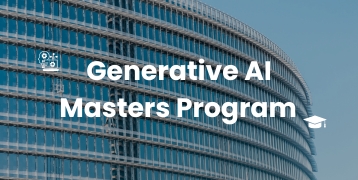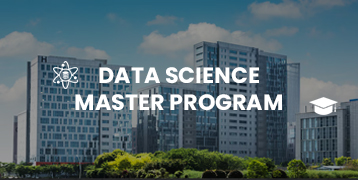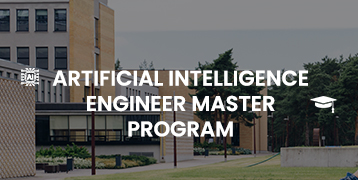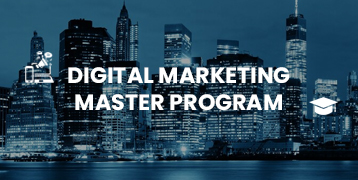
- Introduction
- Personalized Learning Paths
- Technology-Driven Training
- Foster a Culture of Continuous Learning
- Cross-Cultural Training
- Data-Driven Training Metrics
- Leverage an LMS
- Promote Collaborative Learning Environments
- Conclusion
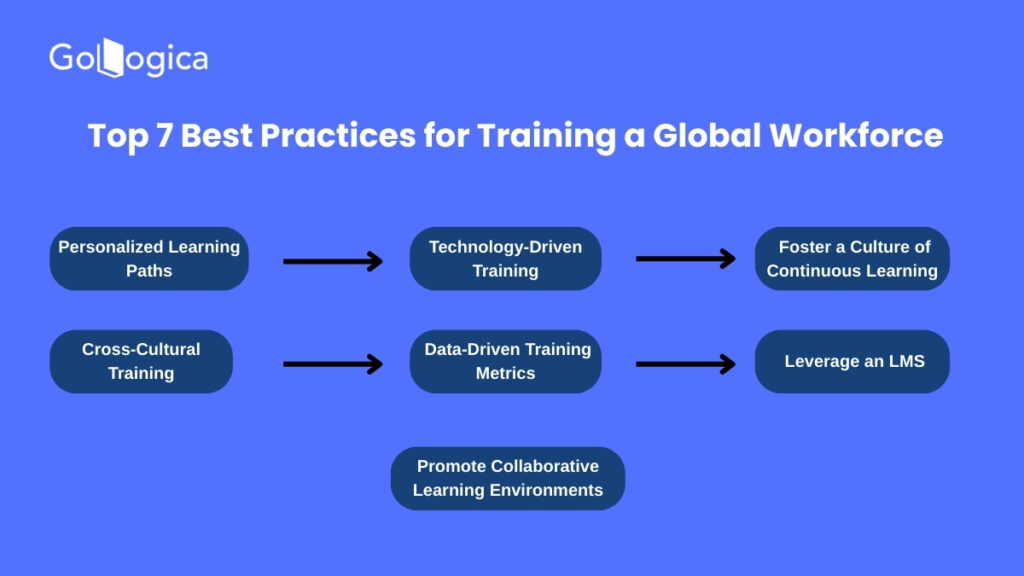
Best Practices for Training a Global Workforce:
A strategic methodology combined with inclusiveness defines effective training programs for worldwide employees. Teachers should develop customized educational routes that match job positions and skills, together with geographical regions for maximizing personal connection to the curriculum. Educational tools powered by technology that include virtual classrooms and AI tutors and mobile learning should be used to grant access to students across various time zones.
An LMS must provide a strong foundation because it unites training materials it tracks student development and enables system expansion. A collaborative environment strengthens learning by allowing team members to share information through discussion boards and peer reviews while accomplishing group projects to build understanding and enhance worldwide team ties.
Implementing cross-cultural training to achieve inclusivity goals can lead to global team alignment, reduced misunderstandings, and cultural empathy development. The efficacy of these practices should be evaluated through measurable training parameters, which consist of assessment scores, participation data, and employee feedback analysis. Then, periodic strategy and content updates can be allowed.
You should create a learning environment that honors achievements while supporting personal growth and uses training programs to map out career development. Your staff can maintain high levels of flexibility as well as engagement while remaining competitive on the global stage because of this commitment.
Personalized Learning Paths:
A personalized learning approach serves as the base to deliver effective training to diverse multinational workers. Training success improves dramatically when organizations develop content specific to individual roles and personal experience levels and preferred learning methods. Customized learning pathways enable staff members to move at their preferred speed while concentrating on skills directly related to their professional tasks thus improving their ability to use new knowledge within real-life situations.
Global teams receive personalized learning experiences that address their particular regional characteristics together with their local regulatory needs, in addition to delivering only pertinent materials. Large enterprises can detect skillset deficiencies through pre-assessment procedures or employee role evaluation to create automatic learning path assignments that match individual requirements. A focused training delivery method cuts down educational periods and enhances achievement rates.
A Learning Management System integration enables administrators to handle personalized learning tracks efficiently at large scales. AI-based systems adjust ongoing training sessions automatically depending on how learners perform because they distribute supplemental material and enhanced difficulty levels accordingly. Personalized learning gives organizational power to staff members while showing dedication to personal advancement, which results in a more dedicated and effective workforce.
Technology-Driven Training
Organizations use technology to transform their training systems for developing globally distributed personnel. Through digital tool implementation companies create standardized learning platforms that deliver interesting training to their workforce regardless of geographical location or time zone.
Modern technology platforms and mobile applications combined with VR and AR systems develop dynamic learning atmospheres that correspond to multiple learner preferences. The combination of GoLogica technologies creates virtual simulations of real-world experiences alongside mobile applications that provide training access to employees at all times which benefits remote and field-based workers.
Flexible learning opportunities through webinars, along with video tutorials and AI-based chatbots, provide employees instant access to support. Learning Management Systems (LMS) generated by technology enable organizations to monitor student advancement and self-automate material distribution while gathering instant data analysis for enhanced training results.
Strategic implementation of technology leads to lower training expenses because it decreases demands for travel expenses and printing costs. Through this system, learning materials get updated rapidly alongside the ability to distribute content worldwide.
Through technology-based training, organizations can improve both learning follow-up and skill development while encouraging employees to become flexible learners who bring innovation to their workplace.
Foster a Culture of Continuous Learning
Foster culture development serves as the fundamental requirement to establish resilient employees who will succeed in future environments. The modern global environment demands that employees to regularly update their skills if they hope to maintain their value in the marketplace. An organization that supports ongoing learning establishes a perpetual journey of development instead of conducting singular development efforts.
Leaders who want to establish this culture must actively encourage learning as an organizational vital element. As part of this initiative, leadership provides continuous skill development chances and learning resources alongside motivating staff members to create individual growth objectives. The acknowledgment of learning accomplishments leads people to claim responsibility for their growth pathway.
The integration of continuous learning activities forms essential elements of work process operations. The practical methods for learning support include structured short bursts of knowledge known as micro learning combined with mentorship and real-world training programs. Managers create opportunities for team member learning through coaching activities and manage busy work time to enable education opportunities.
An organization that promotes consistent learning will create innovative environments and increase employee commitment and reduce employee turnover. The ability to adapt quickly to changes in the market and technological advancements is directly linked to learning cultures in organizations. When organizations commit to ongoing learning initiatives they enable their employees to expand with the company and guarantee long-term business success.
Cross-Cultural Training
The establishment of an inclusive effective global work system requires cross-cultural professional training. Every team that expands its geographic reach and cultural diversity now requires a fundamental understanding and respect for national differences to achieve productivity and team unity.
Such training develops employee capabilities that allow them to function effectively in different cultural settings. The course teaches subjects about communication patterns along with decision methods and organizational behavior and rules of office conduct specific to various territories. Organizational success becomes easier to achieve when employees understand cultural details since this knowledge reduces miscommunications and fosters collaboration with professional respect.
The training helps improve the abilities of employees to cooperate with global teams while achieving better results in customer relations. People in organizations gain adaptability and cultural understanding thus creating better international partnership outcomes and enhanced teamwork through empathy. The training develops cultural intelligence so professionals can succeed effectively in diverse cultural settings and this characteristic represents a fundamental requirement in modern leadership.
The effectiveness of cross-cultural training increases when it becomes part of new employee onboarding procedures and when teams undergo refreshments in their cultural competency education. Real-life examples and case studies from the region and role-playing activities combine to create practical training sessions that students can easily relate to.
Through investment in cross-cultural education, gains both enhanced teamwork and solidifies organization reputation across international borders. Diversity turns into an organizational advantage through this approach.
Data-Driven Training Metrics
Organizations require data-driven training metrics to measure the results of learning programs while developing their programs progressively. It can optimize their training initiatives by assessing important performance indicators which enable them to base their choices about design development and delivery assessments on factual information.
The Organizations utilize completion rates of courses, assessment results, learner engagement levels and learning duration along with improvements in post-training performance quality as their main training metrics. The obtained data reveals effective methods as well as points of difficulty and weak areas in content materials. Advanced analytics achieves two goals by showing patterns and predicting training outcomes thus enabling quick intervention methods.s.
When utilizing data organizations can provide customized educational experiences to their trainees. Training programs can achieve better employee needs satisfaction through progress tracking and individual preference analysis. Team development monitoring happens through dashboards while strategic training operates from reports so managers can balance these activities against business targets.
The analysis of educational datasets enables organizations to establish the worth of their training expenses through the direct correlation of training results with operational success markers including productivity enhancements and quality enhancements and improved customer satisfaction. Having training aligned with organizational priorities serves as a way to guarantee training purposefulness.
Training programs become a strategic measurable learning system when data integration takes place. The combination of this approach enables more strategic program delivery which remains adaptable to adjust to the shifting needs of modern global workers.
Leverage an LMS:
A Learning Management System (LMS) enables organizations to optimize their corporate training structure for managing and improving instruction delivery to worldwide personnel. The structure of an LMS provides organizations with one interface to both make and deploy and track and evaluate training programs.
An LMS provides organizations with the ability to deliver learning content in a standardized way to both small groups of fifty and larger groups of five thousand employees worldwide. An LMS can handle various content types such as recorded videos along with quizzes, interactive modules and documented materials which match diverse training requirements.
Through its features, an LMS assigns customized learning material to students according to their present or predetermined learning framework and skill level assignments. Employees can do their online training at any time from any location thus facilitating remote team members and employees working in nonstandard time zones.
Measuring progress depends on tracking and reporting features that monitor compliance together with system effectiveness. Managers gain real-time insights about learner progression alongside their participation effectiveness and testing outcomes to recognize learning deficiencies and deliver prompt educational assistance.
Enterprise-level training benefits from LMS integration with HR and performance tools because such integration creates seamless alignment with company-wide objectives. The LMS implementation with GoLogica allows organizations to boost training distribution and build a data-oriented learning environment where staff members pursue lifelong skill acquisition.
Promote Collaborative Learning Environments
The establishment of collaborative learning platforms serves as a fundamental element for enhancing knowledge exchange and team-based engagement in international teams. Traditional one-way training methods differ from collaborative learning because staff members learn effectively by interacting and discussing matters with their peers to solve problems together.
This approach fosters a sense of community and accountability. Multiple employees participating in team-based tasks and feedback sessions as well as workshop activities enables them to benefit from different viewpoints which deepens their subject comprehension. The approach helps organizations overcome department and regional separations which results in a connected and quick-reacting enterprise.
Modern technology serves as the foundation which allows workers to collaborate with colleagues in different locations and operating in different time zones. Employees can collaborate in real time and at different times through learning communities and video conferencing platforms as well as shared documents and online whiteboards. You’re Learning Management System (LMS) benefits from these integrated tools which make the system more accessible and continuous.
Through collaborative learning experiences organizations help train their employees to develop critical thinking alongside leadership and communicating skills that serve as global success fundamentals. Employee learning occurs continuously when organizations develop settings for mutual knowledge exchange through mentorship programs combined with social learning channels and communities of practice.
The establishment of collaborative learning spaces enables organizations to help employees develop while facing complicated problems and creative new ideas as a single team.
Conclusion
Accommodating a worldwide employee base demands proper management of organizational strategy along with technology and awareness about local cultural values. To provide adaptable training programs with targeted curricula organizations must implement three key practices that combine technology-based solutions with an LMS platform. Businesses supporting continuous learning develop adaptable employees who stay engaged and cross-cultural education enables employees to collaborate effectively among different geographical areas.
Training effectiveness can be measured using metrics that use data, and these results help teams understand how to improve while active team learning promotes stronger cooperation. These practices enable dynamic learning environments that provide employees with essential abilities that drive business development across international markets. Organizations gain a definite strategic advantage from having properly trained international personnel.


